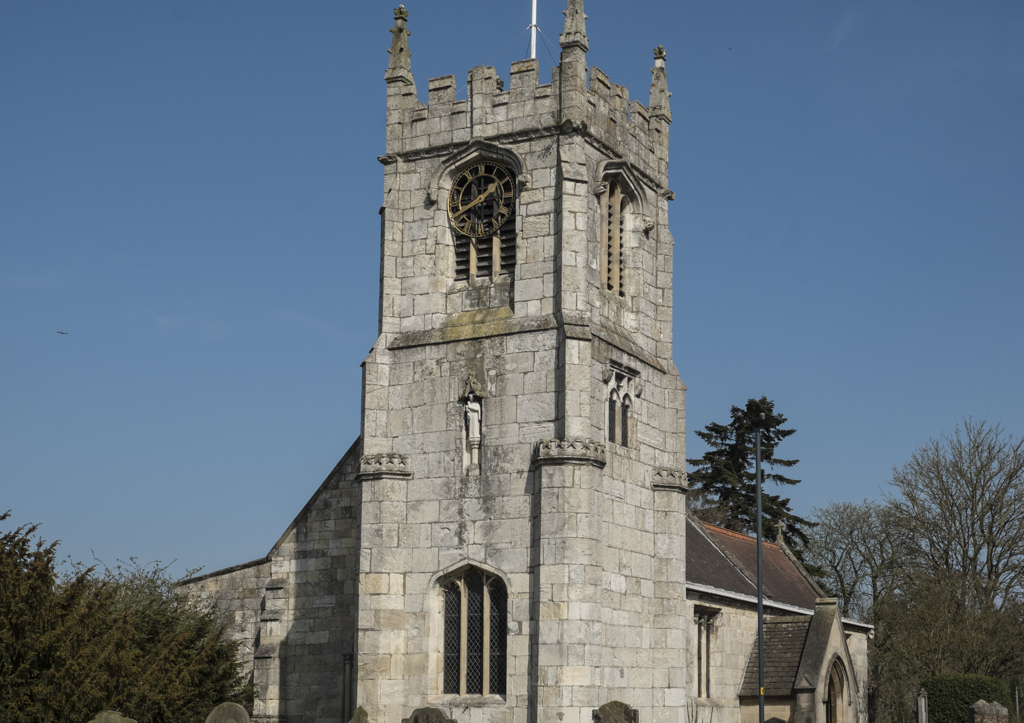The Parish of All Saints, Cawood
Safeguarding Policy
Promoting a safer Church
Mark Rounding is the Safeguarding Adviser for All Saints Church, Cawood:
markrounding@me.com
The Diocesan Safeguarding Advisor:
01904 699524,
safeguarding@yorkdiocese.org
The following policy was agreed at the Parochial Church Council (PCC) meeting held on 27 February 2023. In accordance with the Church of England Safeguarding Policy our church is committed to:
- Promoting a safer environment and culture
- Safely recruiting and supporting all those with any responsibility related to children, young people and vulnerable adults within the church
- Responding promptly to every safeguarding concern or allegation
- Caring pastorally for victims/survivors of abuse and other affected persons
- Caring pastorally for those who are the subject of concerns or allegations of abuse and other affected persons
- Responding to those that may pose a present risk to others
The Parish will:
- Create a safe and caring place for all
- Have a named Parish Safeguarding Officer (PSO) to work with the incumbent and the PCC to implement policy and procedures
- Safely recruit, train and support all those with any responsibility for children, young people and adults to have the confidence and skills to recognise and respond to abuse
- Ensure that there is appropriate insurance cover for all activities involving children and adults undertaken in the name of the parish
- Display in church premises and on the Parish website the details of who to contact if there are safeguarding concerns or support needs
- Listen to and take seriously all those who disclose abuse
- Take steps to protect children and adults when a safeguarding concern of any kind arises, following House of Bishops guidance, including notifying the Diocesan Safeguarding Adviser (DSA) and statutory agencies immediately
- Offer support to victims/survivors of abuse regardless of the type of abuse, when or where it occurred
- Care for and monitor any member of the church community who may pose a risk to children and adults whilst maintaining appropriate confidentiality and the safety of all parties
- Ensure that health and safety policy, procedures and risk assessments are in place and that these are reviewed annually
- Review the implementation of the Safeguarding Policy, Procedures and Practices at least annually
Each person who works within this church community will agree to abide by this policy and the guidelines established by this church.
This church appoints Mark D. Rounding as the Parish Safeguarding Officer.
Appendix A Definitions
It is everyone’s responsibility to observe any physical, emotional, or behavioural signs which indicate that a child or vulnerable person may be suffering significant harm.
As in the Children Acts 1989 and 2004, a child is anyone who has not yet reached his/her 18th birthday.
Harm means ill-treatment or impairment of health and development, including, for example, impairment suffered from seeing or hearing the ill-treatment of another; Development means physical, intellectual, emotional, social or behavioural development; Health includes physical and mental health; Ill-treatment includes sexual abuse and other forms of ill-treatment which are not physical.
Abuse and Neglect are forms of maltreatment. Somebody may abuse or neglect a child by inflicting harm or failing to act to prevent harm. Abuse may occur in a family, or an institutional or community setting; by those known to them, or, more rarely, by a stranger. They may be abused by an adult or adults or another child or children.
Physical Abuse may involve hitting, shaking, throwing, poisoning, burning, scalding, drowning, suffocating or otherwise causing physical harm. It may also be caused if symptoms of deliberately induced illness are fabricated.
Sexual abuse involves forcing or enticing a child or vulnerable person to take part in sexual activities, not necessarily involving a high level of violence. The activities may involve physical contact, or non-contact activities, encouraging children to behave in a sexually inappropriate ways, or grooming a child in preparation for abuse (including via the internet). Perpetrated not only by adult males. Women can also commit acts of sexual abuse, as can other children.
Emotional abuse is the persistent emotional maltreatment of a person such as to cause severe and persistent adverse effects on that person’s emotions. It may involve conveying to a person that they are worthless or unloved, inadequate, or valued only insofar as they meet the needs of another person. It may include not giving the child opportunities to express their views, deliberately silencing them or ‘making fun’ of what they say and how they communicate. It may feature age or developmentally inappropriate expectations being imposed on children. These may include interactions that are beyond the child’s developmental capability, as well as overprotection and limitation of exploration and learning, or preventing the child participating in normal social interaction. It may involve seeing or hearing the ill-treatment of another. It may involve serious bullying (including cyber bullying), causing children frequently to feel frightened or in danger, or the exploitation or corruption of children. Some level of emotional abuse is involved in all types of maltreatment or a child, though it may occur alone.
Neglect is the persistent failure to meet a child’s basic physical and psychological or basic emotional needs, likely to result in the serious impairment of the child’s health or development. Neglect may occur during pregnancy due to maternal substance abuse. Once a child is born, neglect may involve a parent or carer failing to:
- provide adequate food and clothing, shelter (including exclusion from home or abandonment)
- protect a child from physical and emotional harm or danger
- ensure adequate supervision (including the use of inadequate caretakers)
- ensure access to appropriate medical care or treatment.
